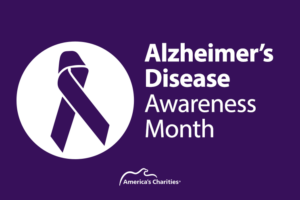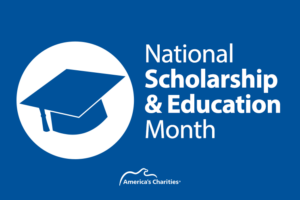Give To Get | February 3, 2022
Measurement Moves to the Main Stage in 2022
Corporate Social Responsibility (CSR) is changing by the day. Consumers want to buy with purpose. Employees want to make their labors worthwhile. And investors are taking note — using environmental, social, and governance (ESG) ratings developed by top financial institutions — to determine where to put their hard-earned dollars.
This evolution creates new pain points for many. For years, social impact work has been completed by small teams with a limited scope. As we know, though, CSR has always needed to be a full-time commitment. In the last year alone, the “social” component has become the most important ESG priority for U.S. investors with 82% of U.S. CEOs saying that the pandemic has shifted their focus toward the social component of their ESG programs.
The increased interest in ESG has renewed cries for accurate and transparent measurement across all three categories, including the “social” space — the hardest area to define meaningful metrics, provide hard numbers, and create actionable steps that will allow companies to improve their ratings.
That’s where SocialMarks comes in. Developed by Give To Get, which has nearly 30 years of experience in the social impact space, SocialMarks is the only action-based metric for benchmarking the “S” in ESG investments. We look at how companies are making decisions and investments towards social impact and, then, map that to the client’s ever-evolving competitive set as defined by the client. This ensures that each client is compared to those who matter most to them — for example, competitors based on size, industry, location, and other factors.
Unlike many ratings systems, we are also upfront about our methodology. We look at three components — People, Brand, Community — with clear definitions. This allows us to reveal opportunities to improve external ESG rankings.
- The People component looks at how a company addresses issues relevant to particular groups of people within the company and programs offered by the company to support these groups. This particularly relates to gender equality; diversity, equity, and inclusion; and employee development.
- The Brand component focuses on the use of social impact through advertising and media campaigns as well as the success and effectiveness of sponsorship activation. Category analysis also includes products and services provided to customers that factor in social impact as well as the amount of social engagement a company makes through public exposure or collaborations with other organizations.
- The Community component looks at the ways in which a company engages with and benefits wider society, particularly focused on employee volunteering initiatives, apprenticeships, and education programs offered by the company in addition to donations and corporate giving. Quality assessment of company reporting is also a focus.
We believe that by breaking down these components as much as possible, people can see where their competitors fair better than they do and where they can make immediate improvements. For example, a company can improve its Community score by offering employee giving programs, developing employee volunteering programs, or offering volunteer time off. We can also tell you if there’s a company policy — not publishing CSR Reports or related information — that is lowering your company’s ranking.
If you’d like to learn more about ESG measurement — especially how to measure the “S” in ESG — we can help. We will be releasing SocialMarks’ first in-depth industry report on the top global banks next month.
What to Read Next:

Get Resources and Insights Straight To Your Inbox
Explore More Articles
Open Position: Customer Service Coordinator (Remote-Part Time)
Position Title: Customer Service Coordinator (Remote – Part Time) Department: Charitable Funds Management Solutions We are a non-profit charitable organization looking for skilled individuals who…
Read ArticleGet Resources and Insights Straight To Your Inbox
Receive our monthly/bi-monthly newsletter filled with information about causes, nonprofit impact, and topics important for corporate social responsibility and employee engagement professionals, including disaster response, workplace giving, matching gifts, employee assistance funds, volunteering, scholarship award program management, grantmaking, and other philanthropic initiatives.





